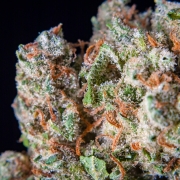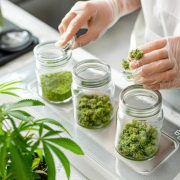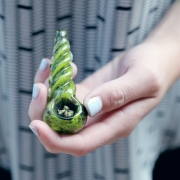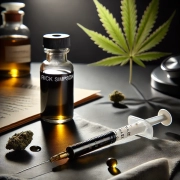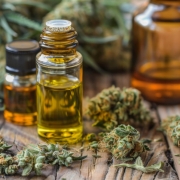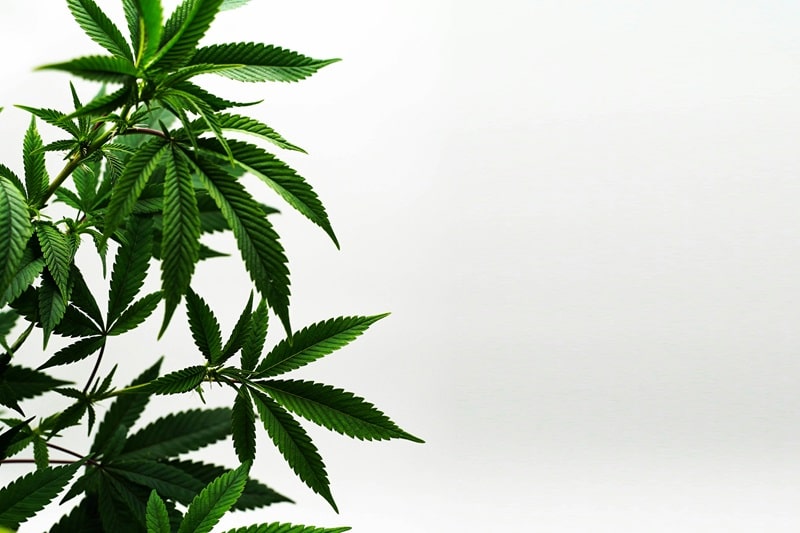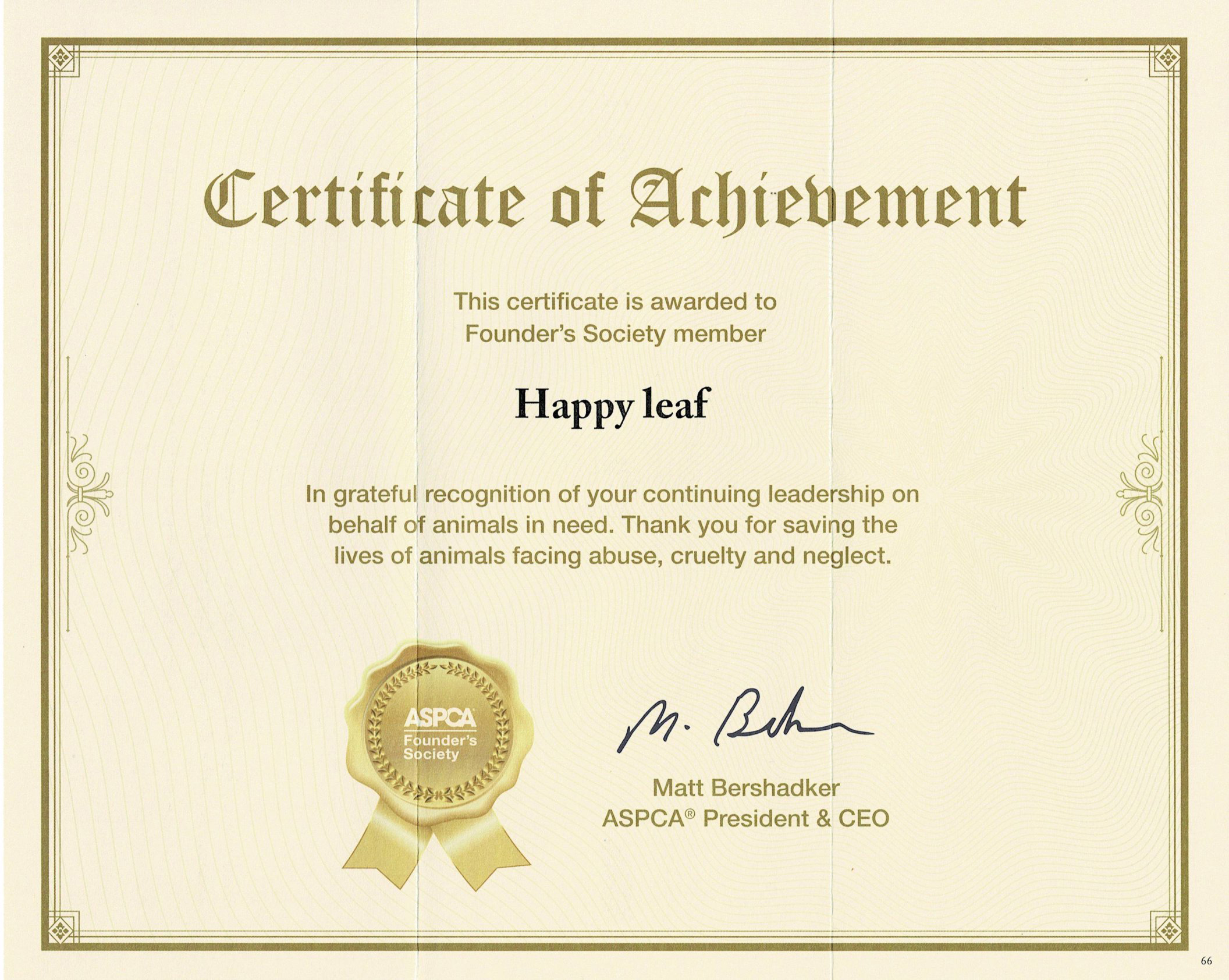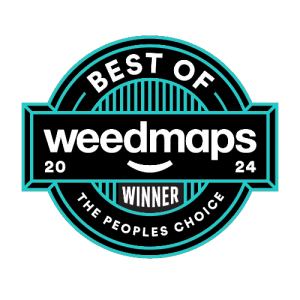Unlocking the Benefits: Terpinolene Terpene Effects and Uses
Terpenes are organic compounds that are responsible for the aroma and flavor of cannabis plants. Within the group, there are a lot of terpinolenes, but terpinolene is among the top sought-after and rare terpenes, renowned for its unique characteristics and benefits.
Terpinolene stands apart because of its many benefits, ranging from improving well-being to aiding in the treatment of medical needs. Knowing the terpene effects of terpinolene could assist cannabis enthusiasts and health-conscious consumers in making informed choices.
What Is Terpinolene Terpene?
Terpinolene is an uncommon terpene that is found within the cannabis plant lilacs, nutmeg, and tea trees. Chemically, it’s multi-faceted and plays a role in the distinct characteristics of various terpinolene strains.
When you ask what terpinolene is, you can think of terpene, which improves mood, improves relaxation, and promotes well-being. Being present in strains high in terpinolene, such as Jack Herer, demonstrates the importance of cannabis.
How Does Terpinolene Smell and Taste?
The terpinolene smell blends floral, woody and citrusy notes, which makes it distinctive and refreshing. Its terpinolene taste reflects this, with sweet, earthy undertones creating a balanced and harmonious sensory scent.
These distinctive qualities are the reason for the popularity of terpinolene strains that provide both delicious flavors and terpinolene benefits.
If you’re interested in exploring products with terpinolene, visit a trusted Portland dispensary to find various options featuring this distinctive terpene.
Cannabis Strains That Have High Terpinolene Content
Certain cannabis strains are renowned because of their high Terpinolene content and offer a unique blend of aroma, flavor and therapeutic benefits.
- Jack Herer: A well-liked option for the sativa strains is energetic and uplifting. It is characterized by a fresh piney scent with hints of citrus which is due to its high levels of terpinolene.
- Dutch Treat: Known for its relaxing effect, which combines woody and floral notes with the traditional terpinolene taste, this strain is a favorite for relaxing without the sedative effects.
- Golden Pineapple: This blend gives you an uplifting sensation with tropical fruit aromas and is balanced by Terpinolene’s sweet, earthy scent.
- Orange Cookies: A sweet and citrusy smoke is adored by its ability to ease tension while providing a delicious smoking experience.
For those curious about cannabis terpenes, these terpinolene-rich strains are great for those looking for a variety of flavors and terpinolene effects on health.
The Benefits and Uses of Terpinolene
What does terpinolene do in addition to providing a pleasing scent? It offers a number of health benefits that make it an ideal choice to use in your wellness routine:
- The pain-relieving terpinolene interacts with its cannabis plant’s cannabinoids to ease pain, which makes it suitable for managing moderate to mild discomfort.
- Antifungal and Antibacterial Properties: Research suggests that the Terpinolene compound can combat fungal and bacterial diseases in addition to its therapeutic benefits.
- Aromatherapy: Terpinolene’s woody, citrusy smell is extensively employed for relaxation and mood improvement. Its scent is both relaxing and stimulating.
Terpinolene’s numerous effects make it an outstanding terpene among cannabis strains, especially for those who are looking to explore sativa strains that have the potential for wellness. If you’re curious to learn more, don’t hesitate to contact us for personalized recommendations.
How to Incorporate Terpinolene into Your Wellness Routine?
Incorporating terpinolene into your wellness routine can be easy and fun. It is possible to explore terpinolene-rich strains, such as Jack Herer and Orange Cookies, which are available in oils, flowers, and even edibles. These products allow you to consume cannabis and experience the distinctive Terpinolene terpene effects, which include relaxation, stress relief, or an increase in mood.
There is an entourage effect, which occurs when terpenes and cannabinoids interact, increasing the benefits of Terpinolene utilized with the full range of this cannabis plant. When you choose products that enhance these interactions, you’ll be able to make the most of their benefits in helping to promote health and wellness. By choosing high-quality Oregon cannabis strains, you can unlock terpinolene’s full wellness potential.
Terpinolene is a rare yet powerful terpene that offers unique flavors, aromas, and wellness benefits. Its distinctive Terpinolene effects, from relaxation to antibacterial properties, make it a valuable addition to your routine. Explore its potential and discover how this exceptional terpene can enhance your life.

Ian Baker handles content marketing at Happy Leaf Portland. There are 5 years that he is deeply involved in the cannabis field. He had 3 years of experience as a Budtender and thanks to his desire to achieve more, he has a career move. Currently he works as a content manager.


